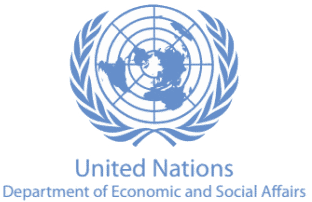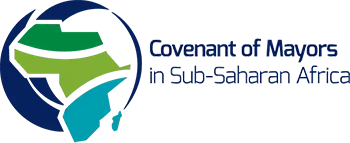Aggregating Interventions
Issue
Small and medium-sized projects of under US$ 20 million often do not meet investor requirements for the private and public sectors as they are too small: development and transaction costs are high relative to low returns and impact.
Solutions
The public sector can systematically implement “aggregation interventions” to create the enabling conditions for financing small to medium-sized projects, delivering widespread transformative high-impact results for the achievement of the SDGs and Climate Goals. Aggregation interventions provide an organizing framework of combined actions that unlock finance, as they can result in greater economies of scale, lower transaction costs, shorter development timeframes, higher returns, diversification, and lower risks.
Details on Solution
Optimal aggregation interventions are defined by the basic requirements of project development and finance, leveraging best practices, proven processes, and market mechanisms. The potential for the high-impact of aggregation interventions is underscored by the process of standardization, creating attractive investable assets and replicating successful approaches and models.
Key building blocks include:
- Climate impact can be increased through aggregating the guidelines, standards, and processes underlying the development and finance processes of projects
- Aggregation interventions can greatly reduce investment risks, transaction costs, and development timeframe, thereby improving the investability of assets and increasing deal flow
- Breakthrough one-off successes can serve as models for replication and aggregated solutions

Leveraging Successful Historical Approaches
Effective aggregation interventions can leverage successful historical approaches that have been used worldwide to finance projects.
1. Projects have successful track records of accessing finance through aggregation of financial instruments.
For decades, local governments worldwide have mobilized private funding for public service projects from both international and domestic capital markets. Ample evidence is provided by the successful mobilization of trillions of dollars from the private sector through financial institutions and instruments, such as Local Government Funding Agencies, State Banks, and pooled finance facilities in both developed and developing countries.
2. Historically the finance of many projects has relied on blended finance being mobilized from public and private sectors. Blended finance is not a new approach for projects. In fact, for decades projects in both developed and developing countries have used blended finance structures that mobilize long-term public and private sources of finance, including households and nongovernmental organizations. In many cases, local governments set up separate legal entities responsible for managing the provision of services, often contracting private service providers that sometimes provide critical early finance.
3. To achieve “bankability” or “investability,” there is no requirement that a project generate revenues that cover all of its costs (i.e., full cost recovery). In fact, many ice projects in both developing and developed countries do not have sufficient capacity to generate sufficient revenues to reach “bankability” and “investability” absent additional funding support and credit enhancement. For this reason, over decades projects have been structured with multiple financing sources in various legal structures, credit enhancements, and guarantees that cover the “project viability gap,” thereby becoming “bankable” and “investable” with access to private sector finance.
It is important to recognize that aggregation applies to investment modalities (institutions, instruments) as well as to the project development life cycle itself:
- Access to Finance through Investment Institutions and Instruments: Absent the economies of scale required to reach financial sustainability and acceptable levels of costs, it is difficult to successfully mobilize capital from the public and private sector organizations providing the bulk of finance. In fact, the rationale for setting up financial institutions (e.g., green banks, state bank, local government funding agencies, micro finance institutions, etc.) and using securitization and aggregation investment vehicles (e.g., bonds, funds, loan syndications, etc.) is based on basic aggregation principles. Likewise, large investors such as pension funds often prioritize investments into large highly-rated investment vehicles with strong financial track records, such as banks and bonds.
- Creation of Investable Assets during the Project Life Cycle: A common adage agreed upon across public and private sector investors is the lack of investable projects. The only solution is increasing the effectiveness of inputs during the project development life cycle so that projects are defined, developed, structured, risk mitigated, and operated in ways that meet investability and bankability requirements. As evidenced by the increase of upstream project development funds aimed at improving the quality of project pipeline, aggregation interventions are being increasingly used to facilitate the successful implementation of all stages of the project life cycle. The systemic use of aggregation occurs through from the very beginning to the very end of the project life cycle, encompassing cost-effective aggregated supports in technical assistance, project development financing, risk mitigation, and project operation.
Aggregation interventions cut across global, regional, national, and local government frameworks reducing transaction costs and risks, as well as the development and adoption of international standards, with dynamic credible tracking. The table below provides examples of aggregated inputs that increase the ability of projects to access finance.

For details on aggregation interventions, please see papers directed by GlobalDF Executive Director:
- On aggregation interventions click here
- On pooled finance click here
Invitation to Partner
GlobalDF invites interested parties to help develop effective aggregation interventions to improve the ability of small and medium-sized projects to access finance. Please contact us by clicking here.




